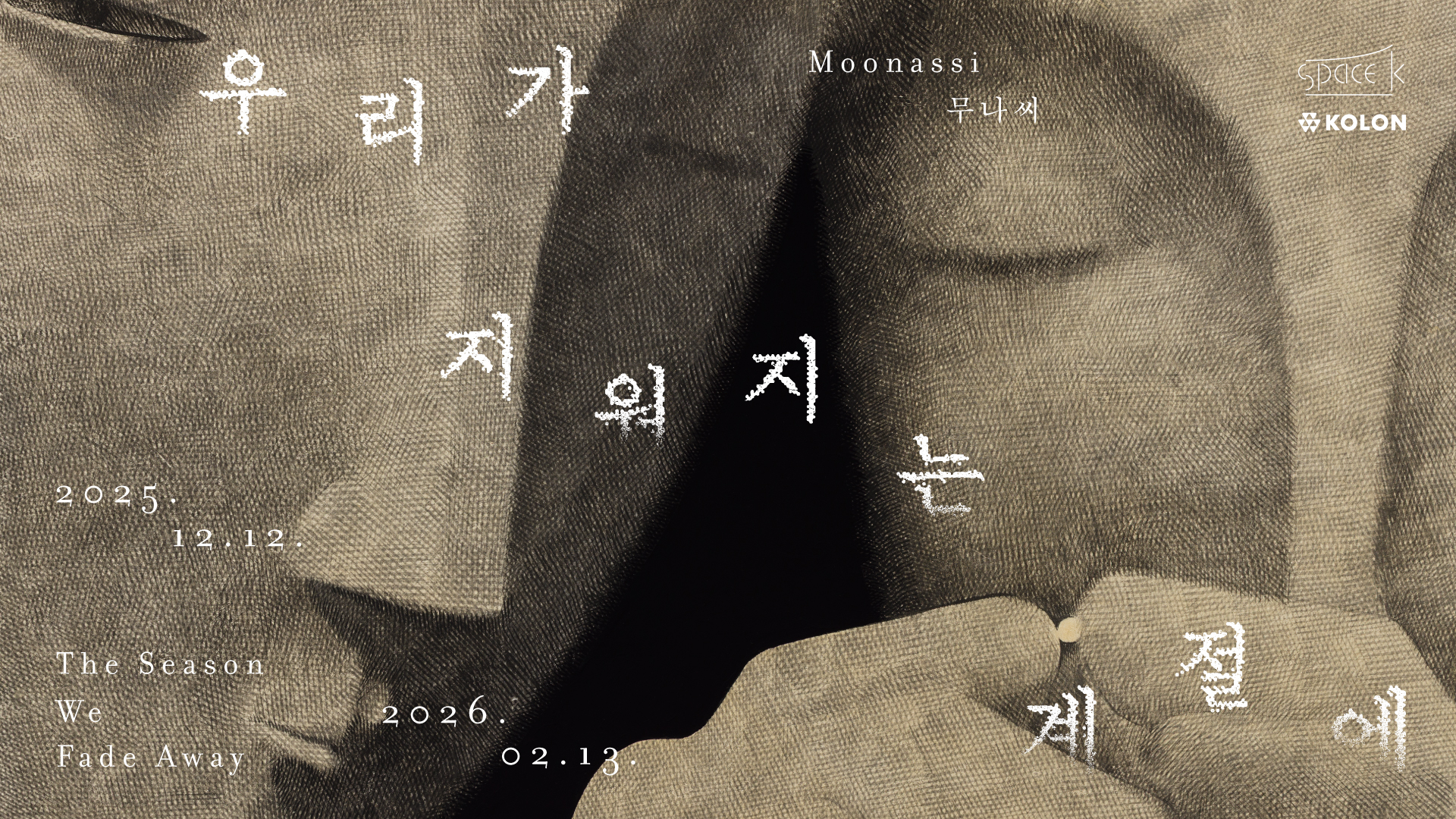폭발적 에너지, 시대의 대중 감성, 그래서 팝(Pop)
| [ARTICLES] ARTIST INSIDE 2022 | Kyoungtack Hong
ARTIST INSIDE 2022 | 홍경택
폭발적 에너지, 시대의 대중 감성,
그래서 팝(Pop)
홍경택 작가의 작품은 대중에게 친숙하다.
«연필» 시리즈에서 «서재», «휑케스트라(funkchestra)»까지 작가는 대중문화에서 영감을 받고, 일상에서 흔히 접하는 연필, 펜 등을 작품 소재로 다룬다.
형형색색의 화면에는 에너지가 넘친다.
그의 1998년 작 «연필 1»은 홍콩 크리스티 경매에서 한국 현대미술품 중 최고가를 기록하기도 했다.
시대의 대중 감성을 포착하는 그의 시선은 예민하다는 평을 듣는다.
밝지만 가볍지만은 않은 그의 작품은 팝아트다.

화면을 가득 채운 색채와 형태의 리듬감이 폭발적인데, 그 에너지의 원천이 궁금합니다.
대개는 음악을 들으면서 샘솟는 감정입니다. 주로 1970~ 1990년대 대중음악을 좋아해요. 새로운 음악을 찾아듣다가 결국 그때 그 음악으로 돌아가곤 하죠. 작업을 위해 듣는 일종의 노동요인데, 순수한 쾌락의 세계로 이끌어주는 댄스음악을 편애합니다. 음악은 어떤 예술보다 에너지가 강해서 불과 몇 분 만에 작업에 몰입하게 돼요. 감정이 고양되면 그 순간 지휘자가 되는 거죠.

펑크(funk)한 오케스트라를 뜻하는 «휑케스트라» 시리즈는 유쾌함 이상의 메시지가 엿보입니다. BTS를 포함해 시대를 대표하는 스타의 이미지를 빌려왔는데, 어떤 의미일까요?
대중문화 자체를 반영하는 거죠. 과거 성화(聖畫)의 종교 아이콘을 이제는 대중매체의 우상, 즉 스타들이 대신합니다. 대중에게 숭배의 대상이 바뀐 겁니다. 대중은 시나 소설보다 노래 가사를 듣고, 유튜버들의 메시지에 주목하죠. 1차적으로는 그런 문화를 반영합니다. 노래 가사를 비판적으로 차용하기도 합니다. 예를 들면 영국의 1980년대 남성 듀오 펫샵보이즈(Pet Shop Boys)가 부른 노래 중에 이런 가사가 있어요. “난 너를 사랑해. 내 집세를 내주니까.” 작품에 영감을 준 가사였죠.

“Who is the master? Who is the slave?(누가 주인이고, 누가 노예인가)”라는 직설적 메시지의 작품도 이번 키아프 서울에 출품됩니다. 폭발적 에너지를 저항의 표출로 볼 수도 있을까요?
우리는 아주 자유롭게 살고 있다고 착각해요. 일면 맞지요. 어느 때보다 풍족하니까요. 누군가가 짜놓은 매트릭스 안에서 그저 충실히 살기를 원한다면 별 문제가 없는데, 평범한 삶을 거부하면 세상은 아주 가혹해지죠. 전통이라는 이름의 억압, 이데올로기의 대립 같은 집단적 스트레스 요인이 많잖아요. 모난 행동을 하면 필요 이상의 것을 감내해야 합니다. 때로는 보이고 때로는 보이지 않는 억압에 대한 반발로 내 작품에서 카타르시스에 유독 집착하는지도 모르겠네요.

앞으로 어떤 변화가 시도될까요? 요즘 작가님의 관심사도 궁금합니다.
요즘은 옥상정원 가꾸기가 유일한 낙이에요. 지난해 어머니가 돌아가신 뒤 허전함을 달랠 겸 이것저것 참 많이도 가져다 심었습니다. 나만의 추모방식인데, 정원의 꽃과 나무를 통해서 새로운 작품이 나올 수도 있을 것 같습니다. 판화나 포스터 같이 좀 더 대중적인 매체를 활용해 볼 생각도 있고요.
강혜승 인터뷰, Kiaf 2022 카탈로그에 게재됨

![이력서: 박미나와 Sasa[44]](https://static-edge.kiaf.org/web/2023/12/26185834/%EB%B0%95%EB%AF%B8%EB%82%98%EC%99%80-Sasa44-%E3%80%88%EA%B8%80%EA%B3%BC-%EC%9D%B4%EB%AF%B8%EC%A7%80%EB%8A%94-%ED%95%98%EB%82%98%E3%80%89-2023-%EB%B2%BD%EC%97%90-%EC%A0%91%EC%B0%A9%EC%8B%9D-%EB%B9%84%EB%8B%90-180x2560cm-scaled.jpg)









